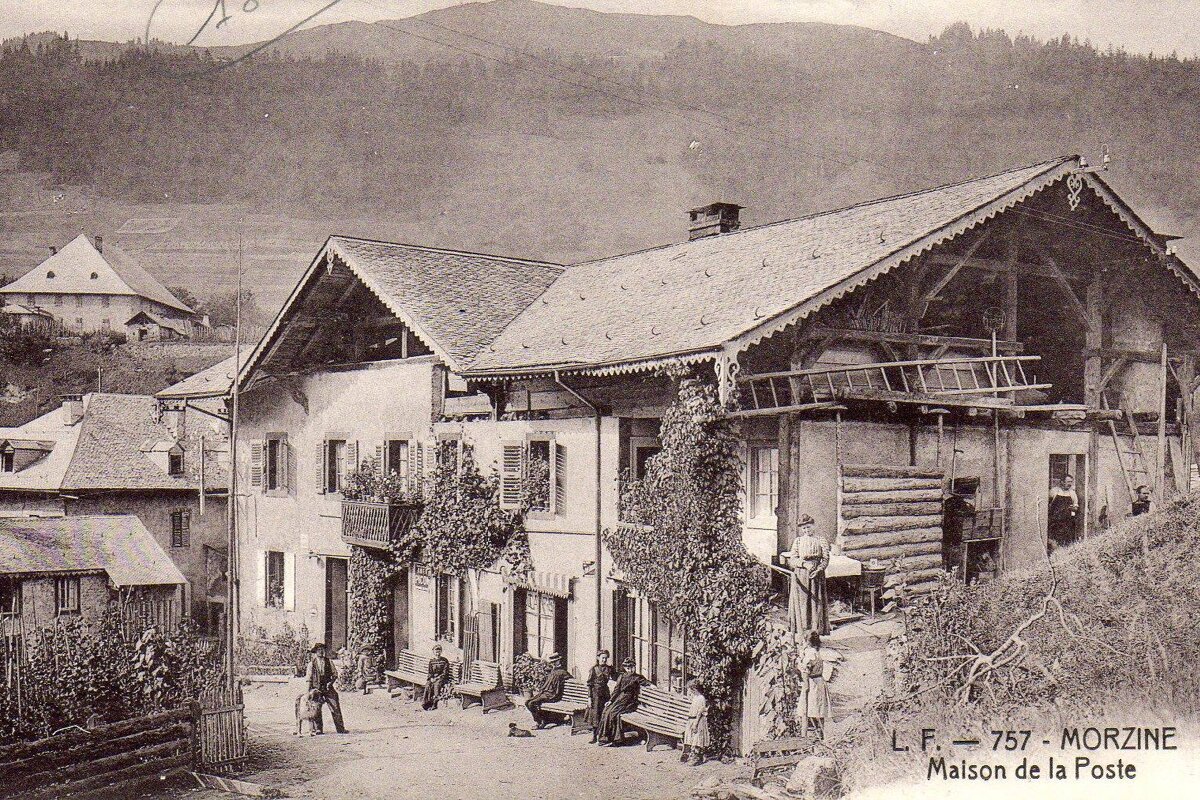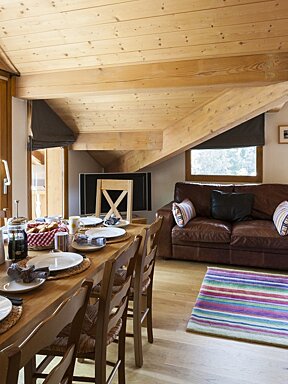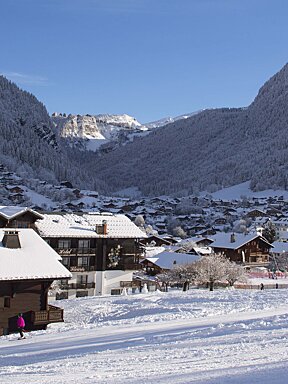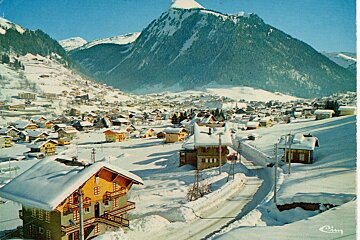
© Histoire et Patrimoine Morzine
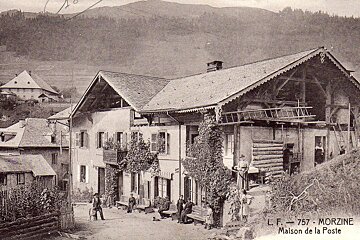
© Histoire et Patrimoine Morzine
History of Morzine
Discover the Morzine of yesterday
‘Morzine’, from the Germanic word 'morgen' meaning morning, was once a rural market town. Made up of several small villages, the inhabitants lived off the agricultural produce of the land.
The mining of the slate quarries provided further revenue, especially during the winter months, however, it was often necessary for the men of the village to search for other work in Geneva, as stone-cutters, or as far away as Paris where work was easier to find.
Development through the ages
The development of the leisure industry transformed the economy of this commune. In the 1920s, the opening of the Grand Hotel under the ownership of François Baud, was the first establishment built to welcome tourists. These summer visitors provided an additional income to Morzine which previously earned its living from farming and slate mining - an industry which was already in decline.
In 1934, the construction of the Pleney cable-car (the second constructed in France) opened up the valley further, although it was only hikers and mountaineers who used it initially as skiing took place on the gentler slopes further down the valley. Over the next few decades skiing became more popular and people grew more daring and so higher and steeper ski areas were sought out.
Recent history
In 1960, Jean Vuarnet won the Winter Olympics in Squaw Valley and became the director in charge of transforming Avoriaz into a ski resort. The same year saw the construction of the Nyon cable car and the Avoriaz cable car was completed in 1961. Jean Vuarnet realised his dream and created a ‘small Savoyard Colorado’ with its avant garde architecture. Thanks to the collaboration with Champery and Les Crosets in Switzerland, the Portes du Soleil was formed and gave Morzine its double identity: Morzine Avoriaz

